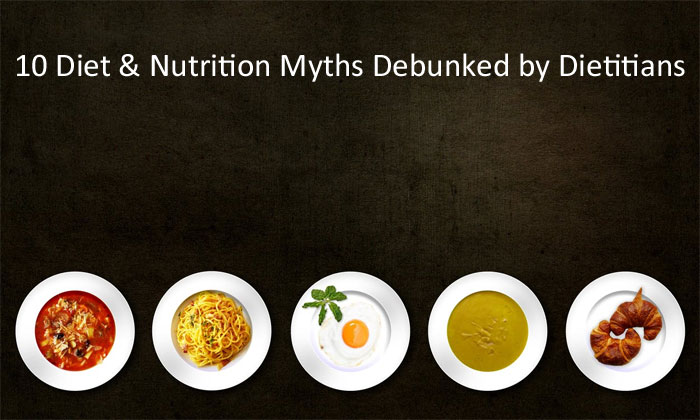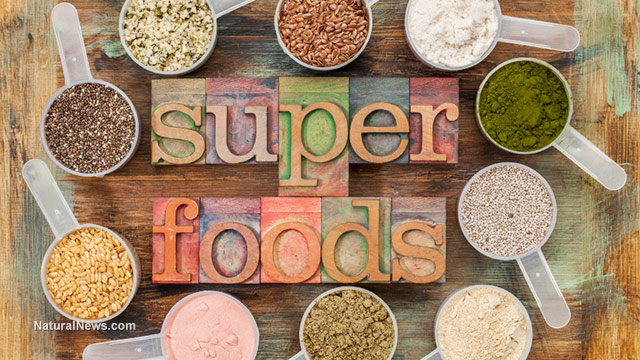Based on a study conducted by the São Paulo Research Foundation, five fruit trees indigenous to the Atlantic Rainforest have potent anti-inflammatory and anti-oxidant qualities.

According to research, the native Brazilian species e ubajaí (E. Myrcianthes), Bacupari-Miriam (Garcinia Brasiliensis), araçá-Piranga (E. Leitonii), Cereja-do-Rio-Grande (E. involucrata), and Grumixama (E. Brasiliensis), all from the Eugenia genus, have bioactive properties, nutritional value, and act as functional foods. These powerful fruits can combat free radicals, which are highly reactive, unstable, atoms that bind to one another in an organism and cause damage, such as disease and aging. “We knew they could contain a large number of anti-oxidants, just like the well-known berries of the US and Europe, such as the blueberry, blackberry, and strawberry, with which scientists are so familiar,” told Severino Matias Alencar, from the Department of Agroindustry, Food & Nutrition at University of São Paulo’s Luiz de Queiroz Agricultural College (ESALQ-USP). The institution partnered with the University of Campinas’s Piracicaba Dentistry School (FOP-UNICAMP) and the University of the Frontier (UFRO) in Temuco, Chile to conduct the study. “Our native berries proved [to be] even better.” Pedro Rosalen, from FOP-UNICAMP, says that when combating free radicals, diet is tactful. Although neutralization and elimination of free radicals are performed in our bodies, poor alimentation and stress can hinder this natural process. “If so, exogenous elements are required, particularly the intake of foods with anti-oxidant agents, such as flavonoids or anthocyanins from araçá-Piranga, E. Leitonii, and other fruits of the Eugenias,” said Rosalen, coordinator of the project “Bioprospection of novel anti-inflammatory molecules from natural Brazilian native products.” Not only do antioxidants fight signs of aging, but they also work in the prevention of diseases mediated by chronic inflammation, explains Rosalen. “The oxidative action of free radicals leads to the appearance of dependent inflammatory diseases, such as diabetes, cancer, arthritis, obesity and Alzheimer’s. These are silent inflammations, hence the importance of anti-oxidants.”
The researchers evaluated the antioxidant and anti-inflammatory mechanisms of materials extracted from the fruits pulp, seeds, and leaves throughout the study, as well as phenolic compounds. To spur the production of the Chilean native species, guava (Ugni Molinae), researchers spoke in great detail about the fruit throughout the research. Guava produces a vasodilatory action and houses antioxidant properties; both are thought to aid in the treatment and prevention of cardiovascular disease. The project also investigated the five fruits anti-inflammatory and anti-oxidant properties for use in the pharmaceutical and food industries. The “most popular” out of the fruits was E. Leitonii, according to Rosalen. “E. Leitonii is an endangered species,” Rosalen said. “Its anti-inflammatory activity far exceeded that of other Eugenias. The action mechanism is also extremely interesting. It occurs spontaneously and right at the start of the inflammation, blocking a specific pathway in the inflammatory process. It also acts on the endothelium of blood vessels, preventing leukocytes from transmigrating to the damaged tissue and reducing exacerbation of the inflammatory process.”

These species are endangered and extremely rare; therefore, two local farms that strive for plant conservation, and reside in the interior of São Paulo State, provided the study samples. One of the farmers owns Brazil’s most significant indigenous fruit collection, which cultivates over 1,300 species, and according to Rosalen, Brazil has roughly 400 Eugenias including many endemic species. “We have an enormous number of native fruit trees with bioactive compounds that could benefit people’s health. They should be studied,” he states. These fruits have pharmacological and economic potential as evidenced by their essentials oils, edible fruits, wood, and their uses as decorative plants and will soon be considered the next superfoods, according to Alencar. “There wasn’t much scientific knowledge about the properties of these native fruits. The idea now, with the results of our study, is for them to be grown by family farmers, increase production scale and be taken up by retailers. Who knows, they could be the next açaí,” said Alencar, referencing to the success of the Amazonian berry, Euterpe oleracea.
Euterpe Oleracea or açaí also contains significant amounts of anti-oxidants and is exported from Brazil to many other countries as a puree. “Even before the project with UFRO, Rosalen and I already studied native fruit species because we believed they could be a source of excellent food solutions for society,” Alencar stated.
Adapted from: Fundação de Amparo à Pesquisa do Estado de São Paulo. “Little-known fruits contain powerful anti-inflammatory and anti-oxidant agents.” ScienceDaily. ScienceDaily, 31 October 2017. www.sciencedaily.com/releases/2017/10/171031143708.htm.
And….just one more nutritional tip!
Back to class means after-school snacks! Plan healthy snacks along with your weekly meals. Add them to your shopping list to prep for the week ahead.
And…..a little inspiration





 Cook time: 30 min
Cook time: 30 min


